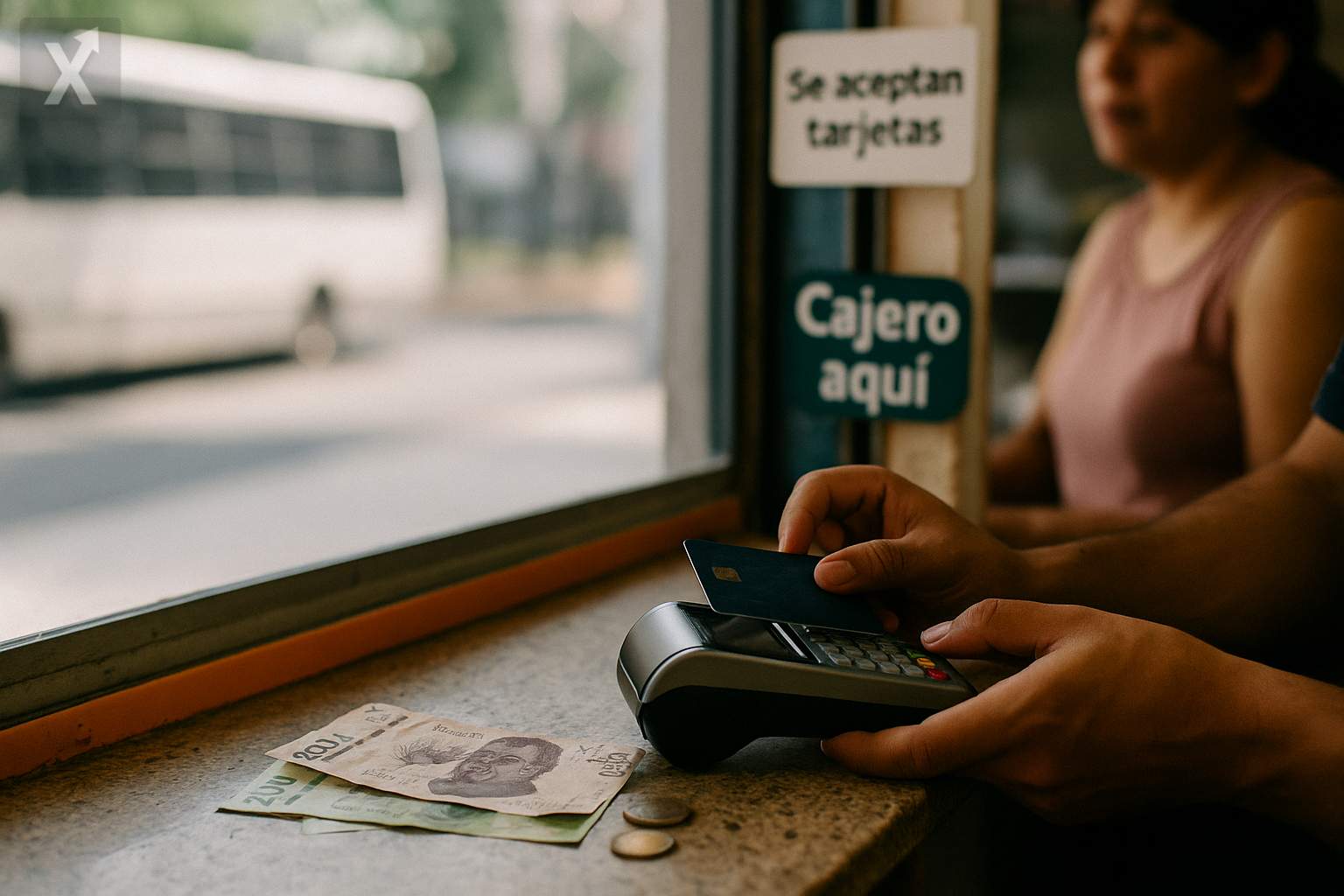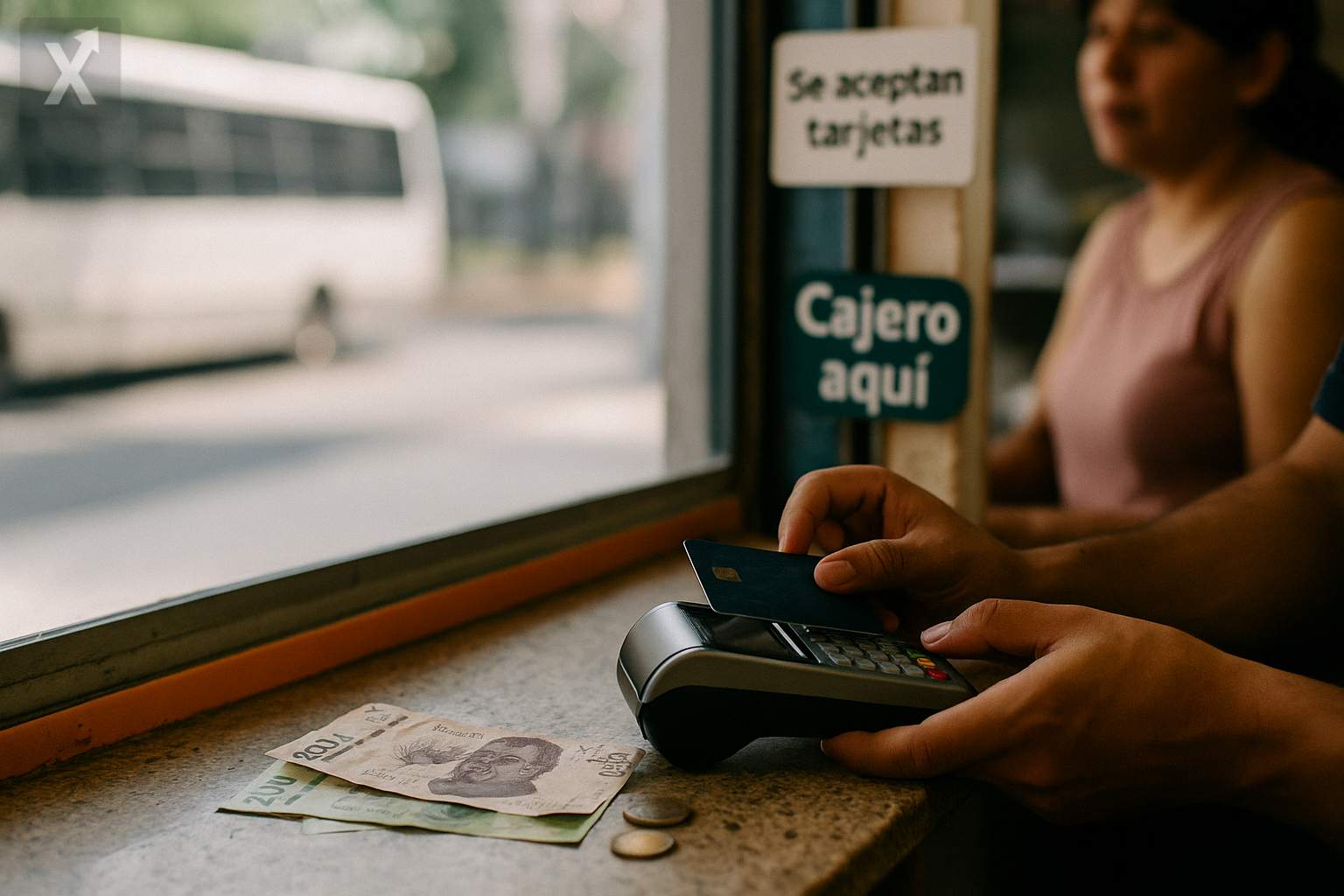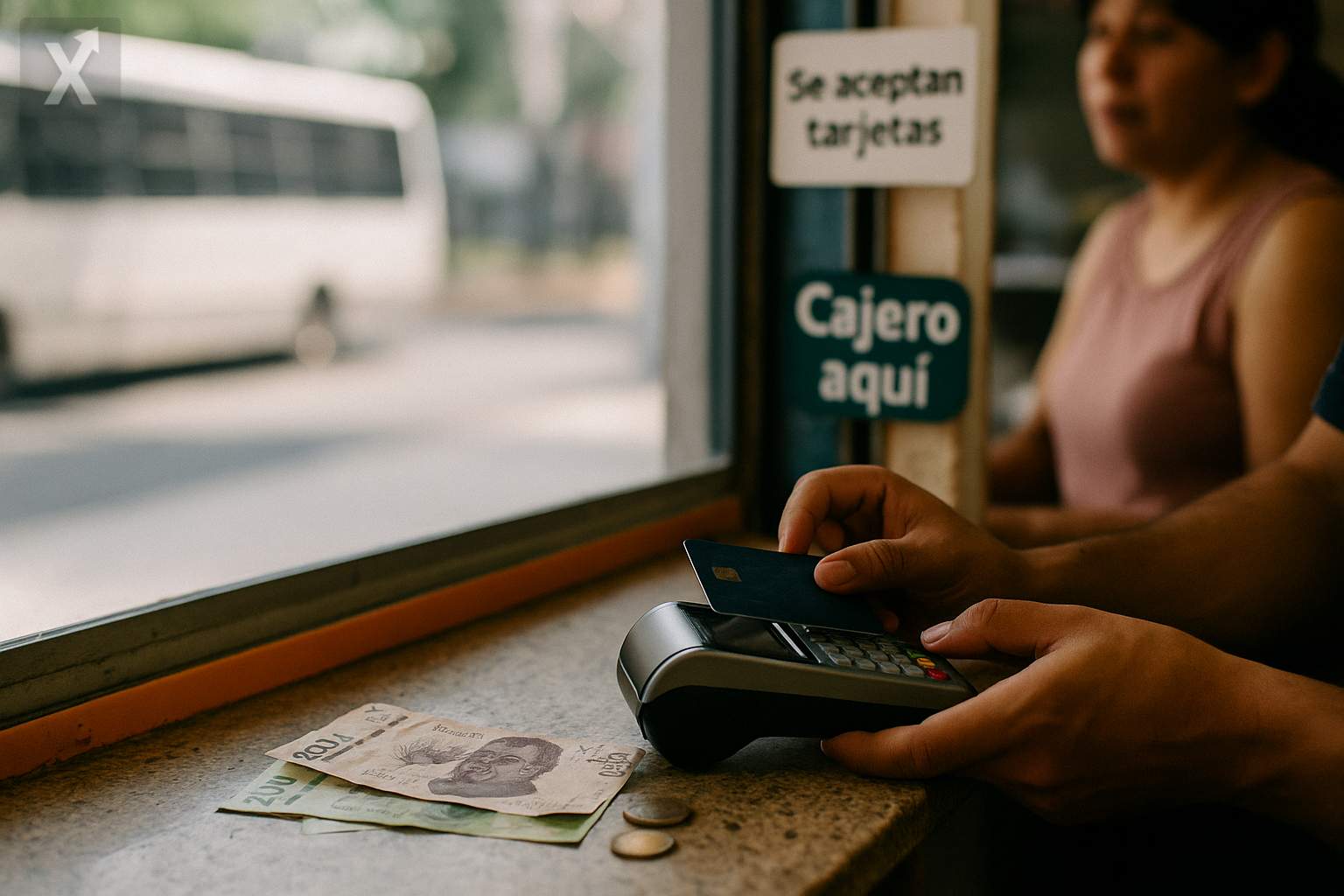BBVA Raises Offer for Sabadell by 10% as Mexican Market Assesses Implications

BBVA announced a 10% increase to its public acquisition offer for Banco Sabadell, just two weeks before the acceptance period ends. The bid, made entirely in shares, proposes an exchange of 1 new BBVA share for every 4.8376 Sabadell shares, valuing the Catalan institution at €19.5 billion and each share at €3.39—levels not seen in over a decade. Should the deal go through, Sabadell shareholders would receive a 15.3% stake in BBVA. The bank stated that it does not plan to further improve its offer or extend the deadlines.
The transaction—approved by the European Central Bank and Spain’s competition authority—faces resistance. Sabadell’s board considers the offer insufficient and has advised shareholders not to accept it, while the Spanish government has imposed conditions to preserve the legal identity and management autonomy of both institutions for at least three years, with the option to extend it to five. The outcome remains uncertain, given Sabadell’s highly fragmented shareholder base and that the offer ends on October 7.
Financially, BBVA emphasizes that an all-share payment would make the deal fiscally neutral for shareholders in Spain, provided acceptance exceeds 50% of voting rights. Meanwhile, Sabadell has sought to increase its value through corporate actions, including the sale of its UK subsidiary TSB to Banco Santander and a commitment to greater shareholder payouts.
For Mexico, where BBVA operates through its largest subsidiary outside Spain and leads the banking system, the effects would be indirect and more strategic than operational in the short term. The takeover bid is being carried out at the European parent level, meaning there will be no immediate changes to products, fees, or lending conditions in the local market. Additionally, Mexican banks are subject to their own regulation and capitalization rules under the CNBV and Bank of Mexico, with “ring-fencing” protocols in place to safeguard the subsidiaries’ solvency and liquidity.
Domestic context is key: loan demand in Mexico has shown resilience in business sectors tied to nearshoring, infrastructure, and manufacturing, while consumer lending remains active—though non-performing loan metrics are normalizing after several quarters of elevated rates. While Banxico began a gradual easing cycle in 2024, monetary policy remains tight and real rates are still high; a deeper rate cut in 2025 could compress system-wide financial margins but also stimulate credit demand among businesses and households.
Competitively, a potential BBVA–Sabadell integration in Spain would not directly alter Mexico’s banking landscape, where major players remain BBVA, Santander, Banorte, Citibanamex, HSBC, and Scotiabank. Sabadell does not operate a significant consumer banking franchise in Mexico, so no first-order effects on pricing or local access to financial services are expected from this front. However, there could be shifts in group investment priorities and capital allocation, with Mexico serving as a key market due to its high profitability and scale.
Looking ahead, key areas to watch for the Mexican market include: the overall group’s capital trajectory following the takeover (though, since the bid is all-share, regulatory impact should be limited), dividend policy at the parent level and its potential effects on the subsidiary, resource allocation to finance nearshoring-related projects, and the evolution of risk appetite in SME and consumer segments. Local currency sensitivity and funding costs in the face of global volatility will also be important, as will competitive responses in pricing and deposits.
In summary, BBVA’s improved offer for Sabadell reshapes the European banking landscape, but in Mexico its impact is largely second-order and contingent on regulatory and shareholder outcomes in Spain. The strength of BBVA Mexico, local regulation, and credit demand tied to nearshoring suggest continued operational stability, with attention focused on how group capital strategy and the interest rate cycle could influence credit growth and the bank's technology investment in the country.






